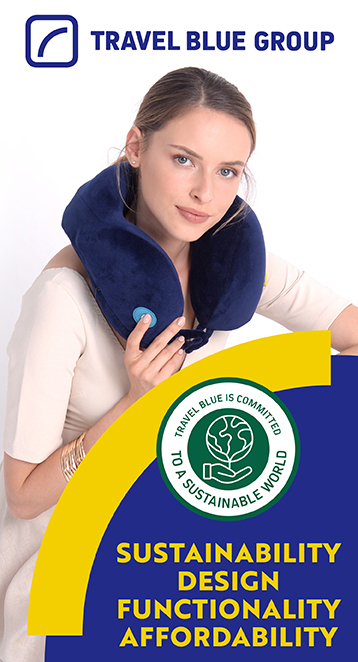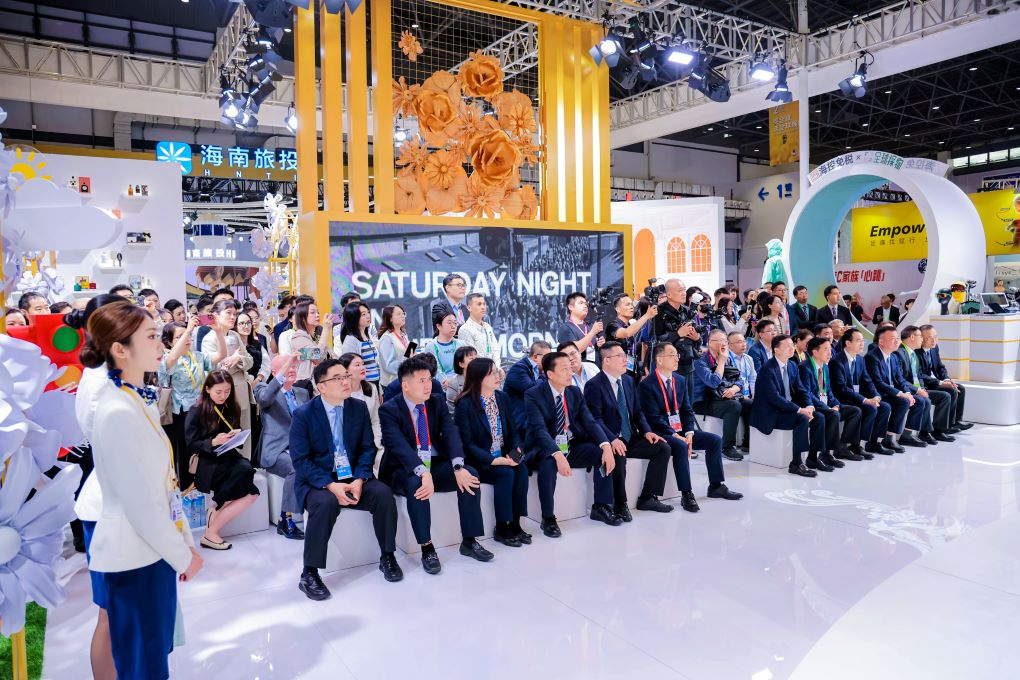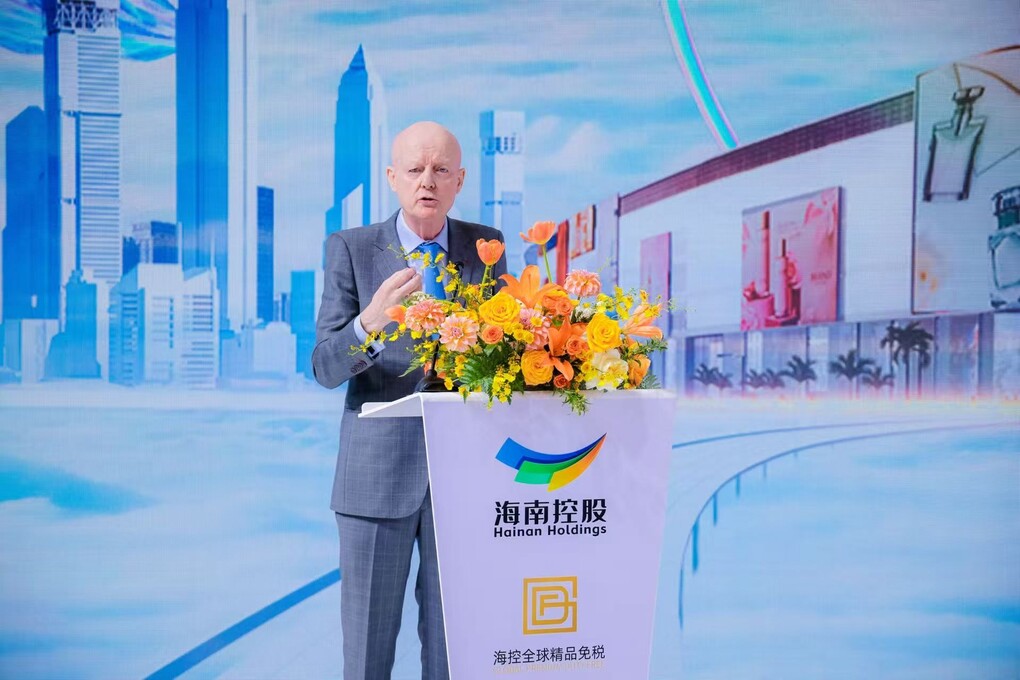The jury may be out on Apple Vision Pro, the tech giant’s mixed-reality headset, but don’t bet against it, particularly when big names such as Gucci are getting onboard, writes Wepurple Managing Partner Nick Sutton in this guest column.
The Apple Vision Pro – Apple’s foray into augmented reality (AR) or what it refers to as ‘spatial computing’ – has finally reached shelves in a number of international markets, generating a combination of excitement, intrigue and scepticism. The early reviews are in and the opinions are mixed.
There’s no doubt that Apple’s innovations have been game-changers, but they have typically been radical improvements on existing, established technologies, from mobile phones, to MP3 players and fitness trackers. Augmented reality headsets, however, are far from mainstream, and many wonder whether they ever will be.
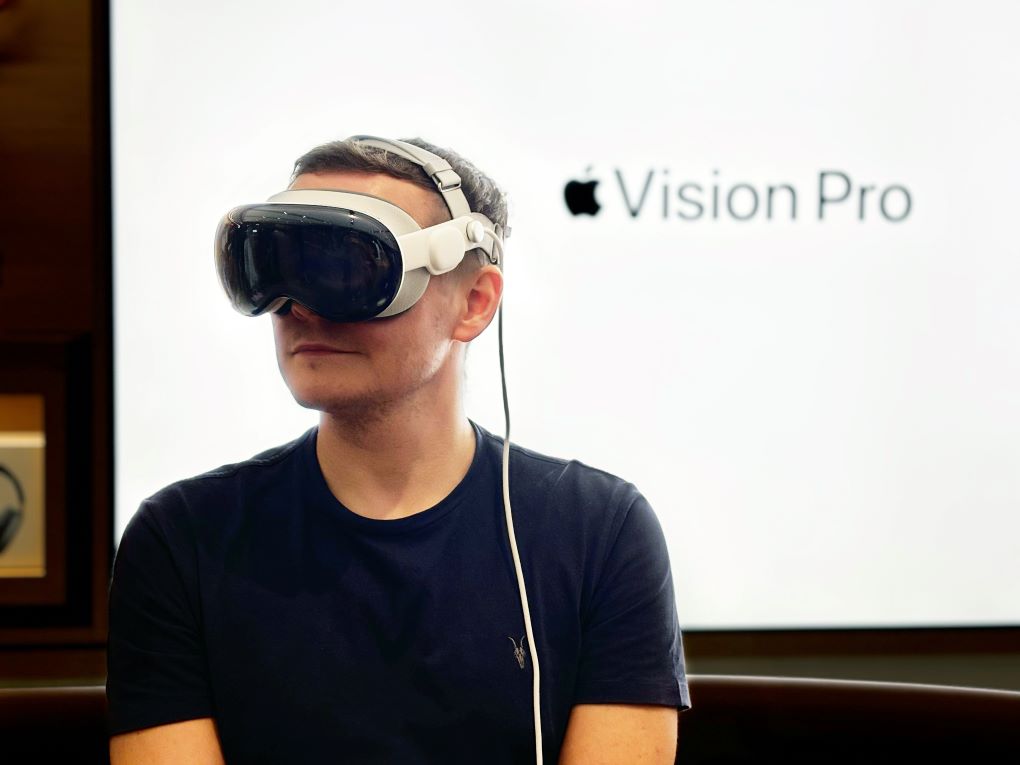
But before we get into what the future holds for the Apple Vision Pro (and similar technologies) – what exactly is it? Well, think of it, quite simply, as a computer you wear on your face, where the screen is essentially your entire field of vision and you control apps with your eyes and hand gestures. If that’s not helping – check out this explainer video.
Apple’s early adverts for the technology are bullish about how pervasive they believe the technology can become. This isn’t something they see consumers wearing only occasionally: Apple shows users tidying their bedrooms and making snacks for their children, headsets in situ.
History has taught us not to bet against Apple. They combine a track record for technological disruption, with huge marketing budgets and a vast ecosystem of products and services embraced with almost religious zeal by devotees around the world.
So, while major questions abound about the viability and appeal (and pricing) of this technology, let’s assume it does catch on and becomes a common sight ‘in the wild’. What will it mean for brands and retailers and what new possibilities might it usher in?
We see two key opportunities for marketers. Brands or retailers could create a unique hand gesture that grants travellers a GWP when they complete it. For first-mover brands with their own Vision Pro application, there is a goldmine of data in understanding what travellers look at and click on in the environment (should Apple make this available).
At a fundamental level, this technology blurs the distinction between digital content and a user’s physical environment. For users, this means more interactivity and greater immersion. With the ability to digitally overlay information and content on a user’s surroundings, retail spaces can instantly become treasure troves of discovery and education.
The headset allows users to switch to virtual backgrounds to be transported to entirely new surroundings. Imagine being able to do an in-airport whisky tasting against the backdrop of a faithfully recreated digital distillery, or trialling perfumes in immersive, multi-sensory, AI generated environments in which the key notes and ingredients are brought to life with vivid colour, sound and ‘touch’.

In a genius move, the company made the hardware available to developers ahead of the launch so they could begin developing bespoke app-based experiences for when the device went on sale.
This enabled a number of first-mover brands to offer Vision Pro compatible apps at launch, giving an early indication of how powerful the technology could be. Among these is J. Crew, whose Virtual Closet delivers arguably the most immersive and impressive digital fashion retail experience seen to date.
But it was Gucci’s move earlier this year to launch an enhanced version of its new 20-minute documentary ‘Who is Sabato De Sarno? A Gucci Story’ exclusively on the Vision Pro, that has got people in the luxury world talking.
The piece is segmented into interactive and immersive elements, which tell the story of the build-up to the debut runway show of Sabato De Sarno, Gucci’s newest creative director.
Viewers can engage with content in numerous ways, including viewing Gucci shoes and handbags in 3D or being immersed in a live runway show. If a brand as iconic and influential as Gucci is getting onboard the Vision Pro bandwagon, you can be sure more brands will follow.
The potential applications in the travel retail and broader airport environments are hugely exciting. How often do we see activations and pop-ups in travel retail where the means of engaging with content never quite lives up to the quality of the content itself? Or, even worse, the touchscreen displays or tablets are broken? QR codes and microsites on mobile devices are a fantastic way to drive engagement and deliver short bursts of content and bite-size chunks of information, but these experiences are always limited by the device form-factor.
Also worth considering is the perennial challenge of space – or lack of it – in travel retail environments. Truly bringing a brand to life or telling a story requires additional costly and highly sought-after promotional space. In this new realm of spatial computing, brands have a near-infinitely expandable virtual environment to play with.
In travel retail, the opportunity to whisk a traveller off to a virtual distillery tour in Speyside while a Brand Ambassador prepares a sample of Scotch whisky holds fantastic potential
At Wepurple, we ensure our clients can remain ahead of the curve, and the adoption of Apple Vision Pro, or similar technology, is something we are monitoring closely. It’s too early now for brands in travel retail to be expending effort or diverting spend towards something currently so niche, but a year or two from now the landscape may be different – especially once cost and availability barriers become less of an issue.
There are parallels to be drawn with the Apple Watch. At launch in 2015, analysts and commentators were quick to question the use-case and demand level for such a high-tech wearable. Since then, consumers have been the driving force in making the Watch a cult health-tracker that now makes up 10% of Apple revenues. If consumers, brands and retailers embrace the Apple Vision Pro as the platform for next-gen digital experiences – its global adoption could happen, yes, right before our eyes.
With that in mind, and in the spirit of ensuring travel retail remains the ultimate channel for shopper engagement, the team at Wepurple has put its creative heads together, donned its imaginary headsets, and come up with some potential examples of how this technology might transform travel retail experiences.

Revolutionising retail, the Apple Vision Pro headset creates a gateway to digital exploration. In this example, a shopper engages with a digitally enhanced luxury watch display. This innovation enables brands to offer customers immersive, hands-on experiences through sophisticated virtual displays that redefine shopping as we know it.

Envisioned through the lens of the Apple Vision Pro, retailtainment is taken to a new dimension. Pictured here, a gamified retail environment entices foot traffic through different store areas with golden coins to collect. These coins can be redeemed for incentives such as discounts, enhancing the whole shopping experience.
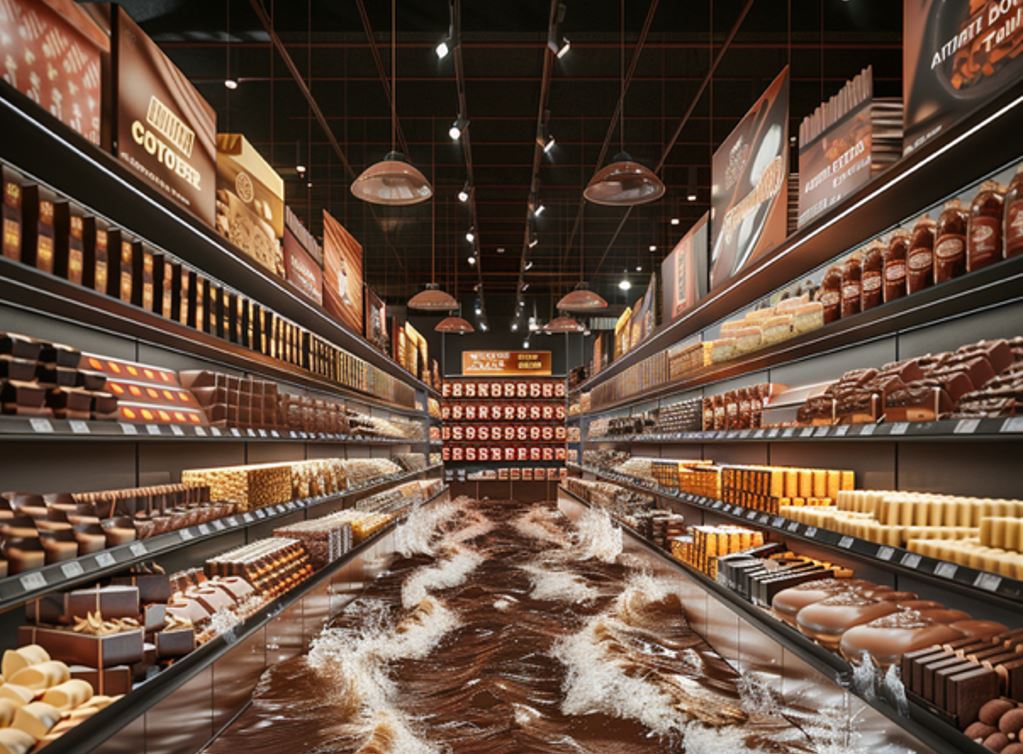
Spatial computing has the potential to turn ordinary spaces into extraordinary realms of imagination and engagement. For example, pictured above, a confectionery aisle is transformed into a chocolate wave pool, inviting shoppers to wade through an indulgent, immersive journey.
James Brown, Wepurple’s Communications Director recently visited the Apple Store in Singapore to get hands-on with Vision Pro. Here are his thoughts.
The wow moment: immersive video
The clear standout moment from the demo experience was a first look at the device’s immersive video playback feature. Imagine being transported into a 3D image or video that feels real enough to touch. This technology is set to revolutionise the way we watch sports and preserve family memories in equal measure. In travel retail, the opportunity to whisk a traveller off to a virtual distillery tour in Speyside while a Brand Ambassador prepares a sample of Scotch whisky holds fantastic potential.
The opportunity: unique gestures
During calibration, the headset learns how to scan your eye movements and users are taught various hand movements to manipulate the environment. It’s as simple as looking at an icon to hover the mouse and tap your fingers together to click.
We see two key opportunities for marketers. Brands or retailers could create a unique hand gesture that grants travellers a GWP when they complete it. For first-mover brands with their own Vision Pro application, there is a goldmine of data in understanding what travellers look at and click on in the environment (should Apple make this available).
The challenge: calibration
At five to ten minutes per user, the device calibration exercise shines a new light on a familiar challenge in travel retail: limited dwell time.
While the space limitations of travel retail can be overcome with the device, if a passenger is in a hurry then they are unlikely to embrace the new kit – even if a spectacular brand discovery moment awaits. A solution down the line would be for travellers to scan and download the experience to their own devices to enjoy – but this will depend on these devices, and others such as Meta’s Quest, becoming much more commonplace. ✈






